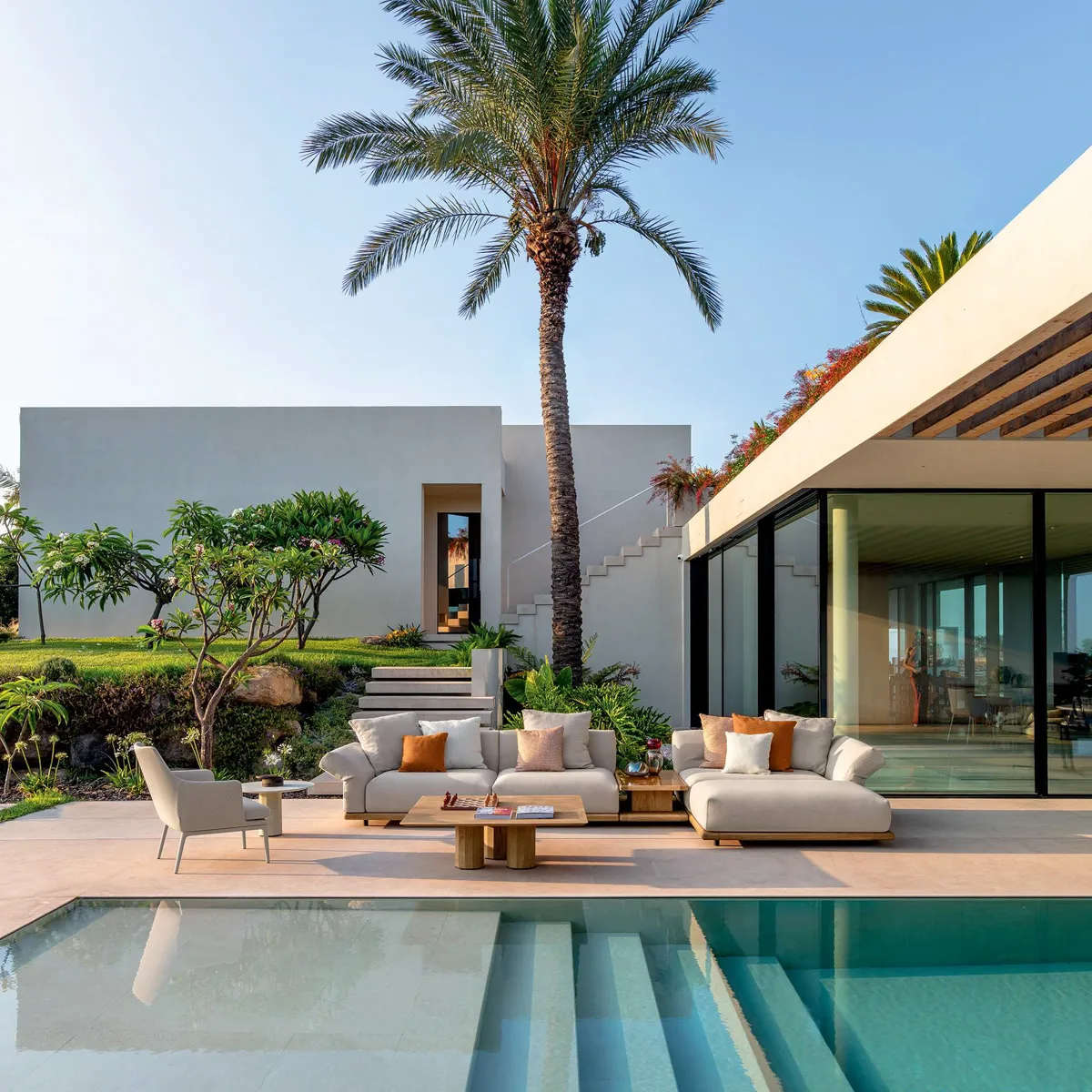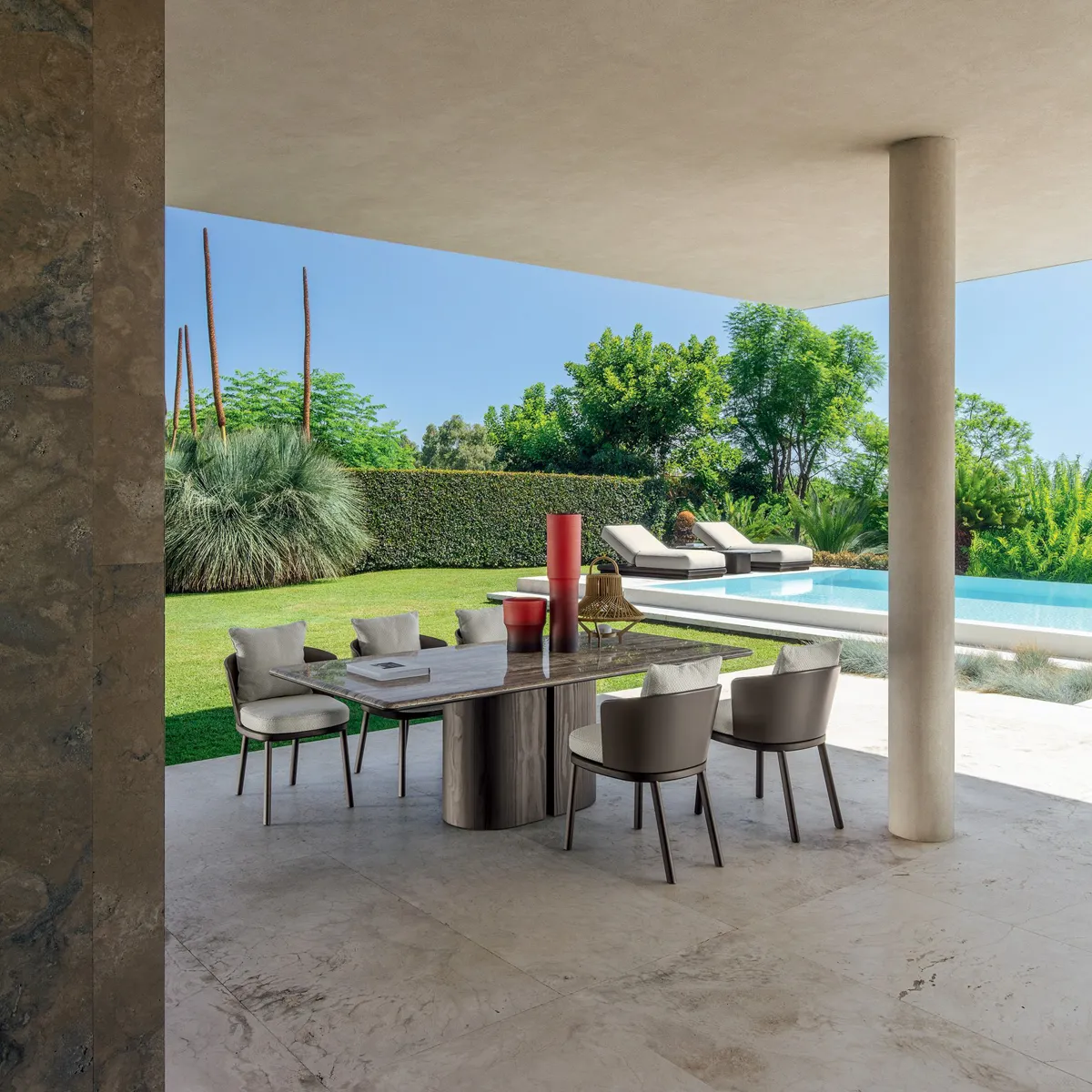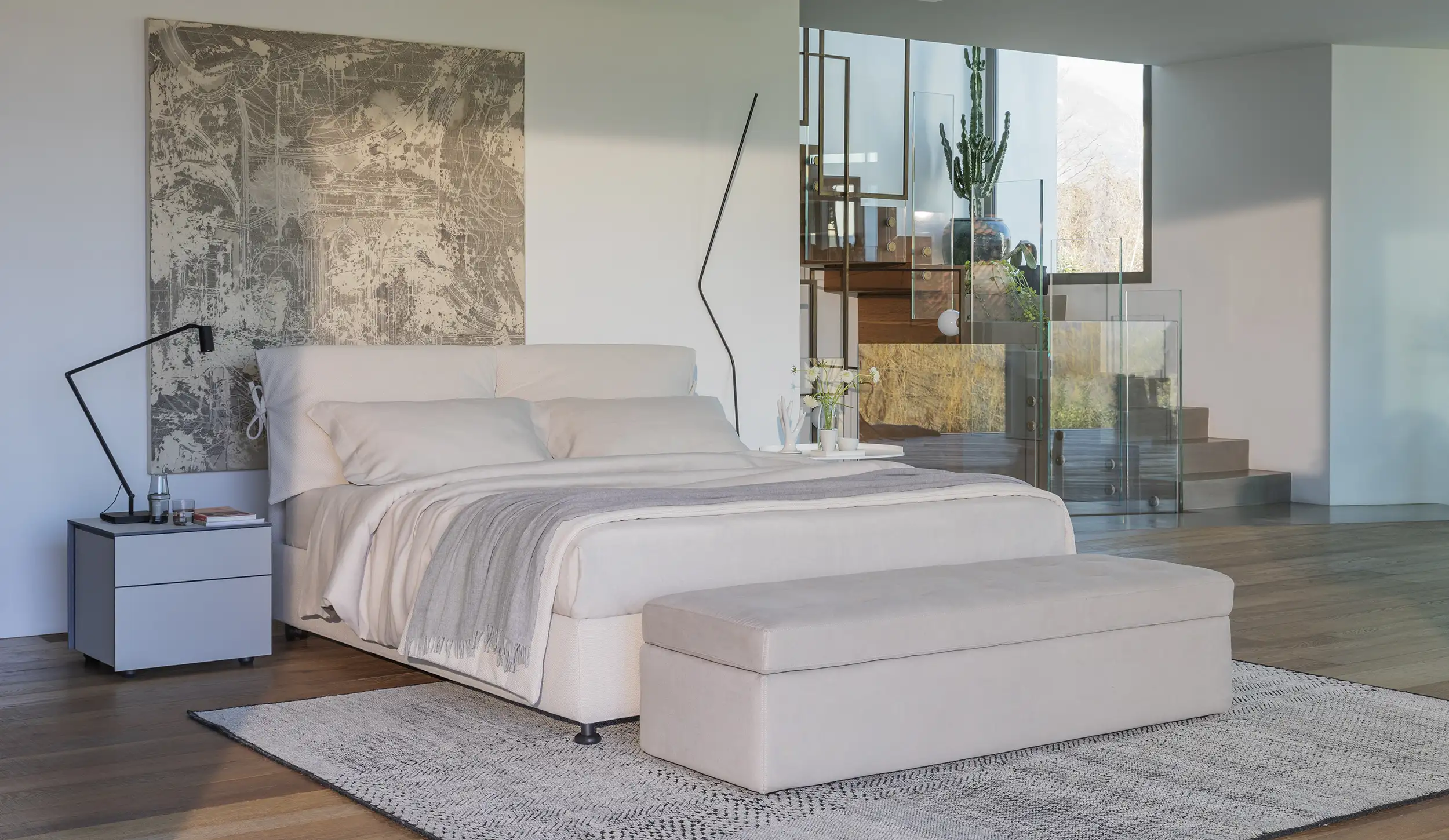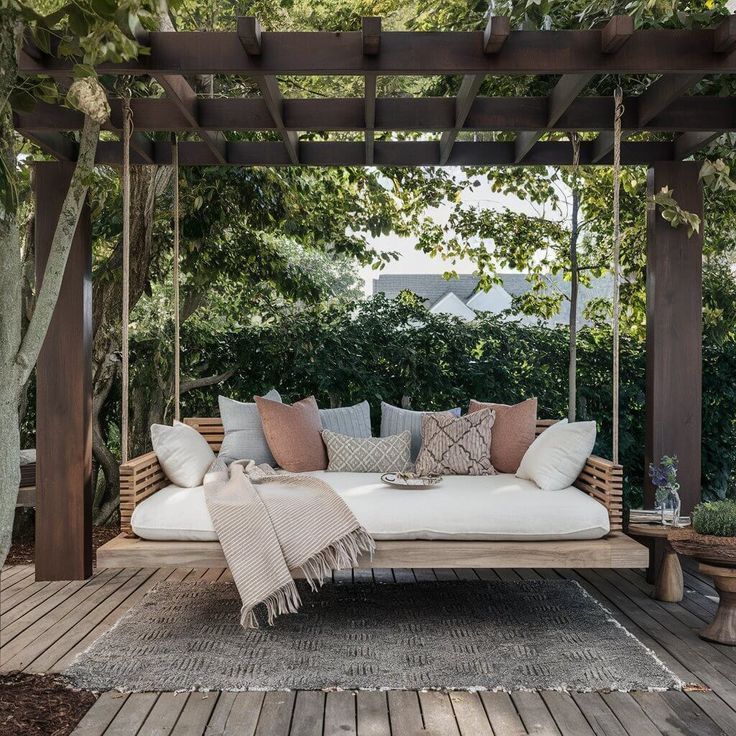There’s a quiet heartbreak baked into modern furniture shopping: you finally spot a sectional that looks right, sit on it, and feel the truth in one second—foam like marshmallow, frames that twang, seams already asking for mercy. Reviews confirm the suspicion: pretty in the photo, tired by year two.
So, where do you go if you want something that looks refined, feels comfortable, and won’t wilt under daily life? Two paths emerge: carefully chosen new pieces from makers who still build properly, and older, better-made furniture that you revive rather than replace. Both routes work. The trick is knowing what “quality” actually means, and where to find it.
The Anatomy of “Well-Made”
A sofa is two things: a structure and a sitting experience. Most failure stories start inside the structure.
- Frame: Look for kiln-dried hardwood (maple, oak, beech). Avoid soft woods and composite frames. Weight can be a clue—quality frames feel substantial.
- Support: If you can find it (and it’s rarer at chain stores), 8-way hand-tied suspension remains the gold standard for longevity and comfort. Many mass brands use metal spring “cassettes” that sag and transmit stress to the frame over time.
- Cushions: Density matters. 1.8–2.0 lb/ft³ foam is entry-level and tends to flatten in five-ish years under heavy use. Better cushions layer higher-density foam with Dacron wrap or feather/down blends for feel and recovery. Always ask: what’s inside the cushion?
- Upholstery & Care: For homes with pets, consider tightly woven performance fabrics or velvet (counterintuitively, many cats don’t like the grip). Slipcovers buy you time and forgiveness.
At Melaaura, we obsess over this hidden engineering. It’s why we steer clients toward houses and ateliers that publish construction specs, not just mood photos. Longevity is a design choice.
New, But Built Properly
If you’re buying new within a sane budget, seek out makers who still care about frames, suspension, and real fabric choice. A few patterns (not endorsements; use as a scouting brief):
- Room & Board: Consistent reports of solid frames, good QC, and transparent sales staff who know materials. If you’re under $4k for a chaise sectional, this is often the benchmark for “honest build at a fair price.”
- Bassett: Hit more than miss for customized upholstery; fabric options are broad, and many pieces survive kids and dogs without looking defeated.
- American Leather: Known for engineered sleepers and reliable construction; not just leather.
- Lee Industries / Temple / regional upholsterers: Smaller factories and local shops often offer upgrades (foam density, springs) and will talk construction with you like adults. That’s good.
- European showrooms: Where Melaaura lives day-to-day. The philosophy is different: buy fewer pieces, but better ones; reupholster when the fabric ages. It’s why our clients keep Flou beds and Meridiani seating for years—the frames are meant to endure.
A practical test: if the salesperson can’t explain frame wood, suspension, and cushion composition without consulting an iPad, shop elsewhere.
The Vintage Advantage
There’s a reason people wax poetic about the sofa their grandmother reupholstered. Pre-1990s American and European frames—especially from reputable makers—were often built with the right woods and spring systems. If you can find a clean vintage frame and pay for proper reupholstery, you’ll likely beat most contemporary mid-market sofas on durability and feel.
Caveats:
- Reupholstery costs have climbed. Quotes under $3k for a full sofa are getting rare in major cities. Still, the math can work: a $600 estate-sale frame + $3k reupholstery = a piece that genuinely lasts.
- Sourcing: Estate sales, auction houses, higher-end consignment, and well-curated online marketplaces (check seller ratings, ask for underside photos). When in doubt, bring photos to an upholsterer and ask, “Worth it?”
At Melaaura, we love pairing a new, investment-grade piece—say, a Flou bed or a Meridiani lounge—with a restored vintage heirloom. The mix feels intentional and grown-up, not catalog.
Budget Reality: $3,500 for a Sectional with Chaise
Can you get something good? Yes—if you’re disciplined.
Strategy to stretch quality:
- Sofa + Ottoman instead of a full chaise configuration. You’ll often get better construction in your price if you skip the more complex SKUs.
- Local makers: Many cities still have upholstery shops producing to order with short lead times. Ask for kiln-dried hardwood, webbing + springs, and higher-density foam. Price can land near your budget if you keep fabric choices sensible.
- Factory options: Shortlist Room & Board, Bassett, and a vetted regional showroom. Sit, lounge, check stitching, and lift a cushion—if it feels weightless, so will your support after two seasons.
- Skip the marketing fabric. Choose a hard-wearing, tight weave or pet-friendly velvet. Performance labels vary wildly; samples and rub counts matter more than adjectives.
- Avoid the trap: Beautiful but thin cushions, stapled frames, and “designer collabs” with vague specs.
If you must buy online-only, get samples of fabric, confirm foam density in writing, and read the recent reviews for sagging and cushion collapse. Return logistics matter—assume you may need them.
Secondhand, But Strategic
Yes, Facebook Marketplace and estate sales in affluent ZIP codes can be gold—but only if you’re patient and picky. Learn fingerprints of quality: solid wood case pieces, dovetail joints, believable patina (not “distressed” spray), brand stamps underneath. For upholstery, scrutinize frames and springs; assume fabric costs later.
No wealthy neighborhoods nearby? Consider reputable online consignment with clear photography and return policies. Shipping can erase the “deal,” so compare landed costs against a durable new option.
The Pet Question (and Real Life)
Cats will test your convictions. If reupholstering, discuss cut-resistant weaves or velvet; avoid loose weaves that invite claws. If you want a sectional to survive dogs + movie nights, washable slipcovers and denser seat cores are sanity-saving. “Cloud” cushions feel great day one; by day 500, you may be constantly fluffing. Decide which trade-off you actually want.
How Melaaura Fits—Lightly, Honestly
Melaaura isn’t in the “fast sofa” business. Our world is investment pieces—Italian and European Modular Sodas that publish their construction logic and stand behind it. Clients come to us when they’re tired of buying the same sofa twice. We’ll never insist on a full-home overhaul; sometimes the right move is a single anchor piece—a Flou bed that resets sleep quality, a Talenti outdoor composition that finally makes the terrace livable, or a Meridiani chair with bones you’ll reupholster in ten years because the frame deserves it. If you want help pressure-testing a shortlist (new or vintage), we’re happy to be the grown-up in the room.
A Simple Field Guide (Take This to the Store)
- Ask three questions: What wood is the frame? What’s the suspension? What’s the foam density and cushion build?
- Lift a cushion: Weight hints at substance. Feather/down blends feel plush but need maintenance; foam cores keep shape.
- Listen: Sit, shift, stand. Creaks and pinging springs are red flags.
- Touch seams and zippers: Tight, even stitching; zippers that don’t snag. Sloppy finishing predicts short life.
- Consider repairability: Slipcovers, replaceable cushion cores, and frames that an upholsterer respects.
The Calm Answer
If your budget caps around $3,500 for a chaise sectional, skip the hype and buy what’s built correctly—even if that means a sofa + ottoman today and a chaise upgrade later. Or hunt vintage and invest in fabric when the right frame turns up. Either way, you’ll like your living room more in five years than you do in five months.
And if you want a second pair of eyes—materials, proportions, or simply “is this worth it?”—Melaaura can help you choose once, not endlessly.



